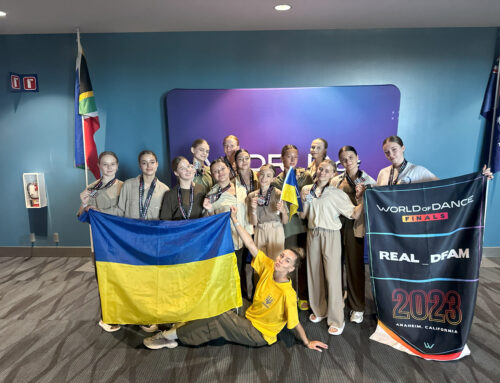San Martin Gwinn Environmental Science Academy students learned to appreciate the judicial process
Published in the November 9 – 22, 2016 issue of Morgan Hill Life
By Marty Cheek

Photo by Marty Cheek
San Martin Gwinn Environmental Science Academy fifth graders learned about the judicial process on a visit to the South County Courthouse.
A school bus pulled up in front of the South County Courthouse in downtown Morgan Hill Oct. 26 and about 50 fifth-graders from San Martin Gwinn Environmental Science Academy filed out. The students soon passed through the security scanner and followed Deputy District Attorney Johnny Gogo into the nearby jury waiting room. The young people were his guests invited for a special tour to learn first-hand a little bit on how the judicial process works.
After a briefing on how to behave in the courtrooms, the students divided into two groups. One group went upstairs to watch a trial while the others followed Gogo to the Honorable Le Jacqueline Duong’s court room where they observed the Superior Court judge work with attorneys and staff in reviewing several cases. After the last case was finished for the morning, Duong invited the students to sit in the jury box, the public defenders’ table, the court reporter’s desk, and the bailiff’s desk.
Alondra Sanchez received the special privilege of sitting in the judge’s seat at the center of the action.
“I was kind of nervous but it was fun,” she said.
She said she felt respect for the judge after Duong told the students she and her family had moved to East San Jose in 1975 as refugees from Vietnam. She went through the public schools, eventually graduating from San Jose State University and later getting her law degree from U.C. Davis. The judge was appointed by Gov. Arnold Schwarzenegger.
“I thought that she had a pretty hard life and she did well in her school and career,” Sanchez said.
The judge asked the courtroom staff to introduce themselves to the students and explain their roles. Among them was the bailiff who was in charge of security and making sure everyone behaved themselves, the public defender who represented people and the court reporter who quietly typed proceedings.
“She has excellent listening skills, which she has to because she has to take down everything that is said in this courtroom,” Duong said of the reporter.

Photo by Marty Cheek
San Martin Gwinn student Alondra Sanchez sits in a judge’s chair on a visit to the South County Courthouse.
The judge asked the students questions to see what their knowledge of the judicial system might be. One question stumped many of the students: How many judges are on the California Supreme Court? The students made various incorrect guesses — 20, 30, 15, 12, 25, 17, 10. At last, fifth-grader Ethan Lehrbau sitting in the jury box came up with the right answer — seven. He received a red Chinese New Year envelope with a brand-new dollar bill in it as his prize.
“I was going to say 10 but then another person said that. So I was called on and I didn’t know what to say so I just said seven,” he admitted his lucky guess.
The best part of the visit was sitting in the jury chairs because they were “swirly” and he could spin around a little.
Jacqueline Parker, another student, said she appreciated how important it was for people to behave in the courtroom and not talk loud or distract people doing their jobs.
“I think I learned how to respect the rules and what it is to be in a courthouse and how it actually works,” she said.
The courthouse field trip program started in San Jose 20 years ago but this was the first time a Morgan Hill school participated, Gogo said. The deputy district attorney visited the students at San Martin Gwinn several weeks before to talk with them about how the process of law works. The program will also bring Gilroy fifth-graders to the courthouse for the judicial-focused field trips.
“At this particular age is when they start to learn about our system of government, the three branches of government — judicial, executive and legislative. And the reason why we chose the fifth graders, is that they had some studies that indicated that this is a critical age for the students at 10 years old because they’re still open to learning and hearing the message and still open to, hopefully, making some good decisions,” he said.






